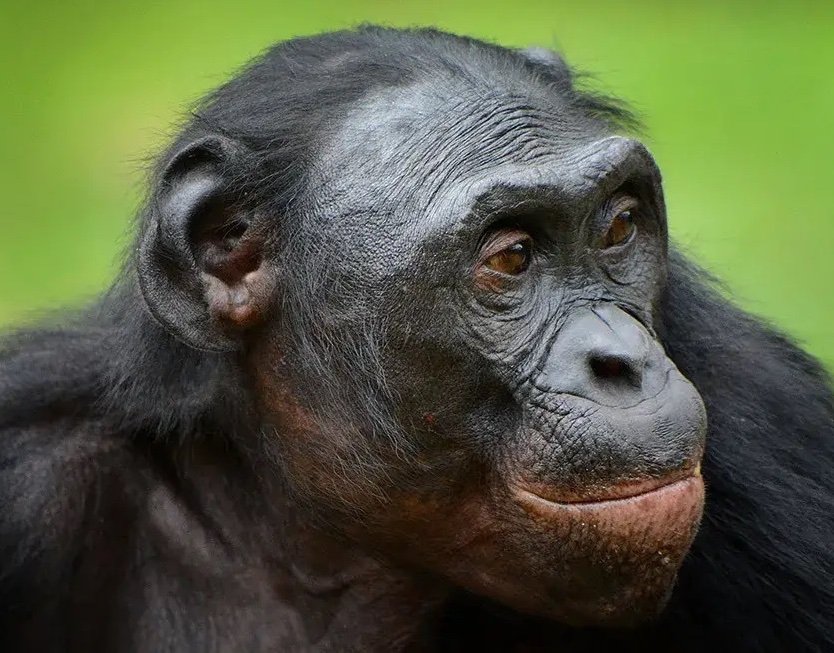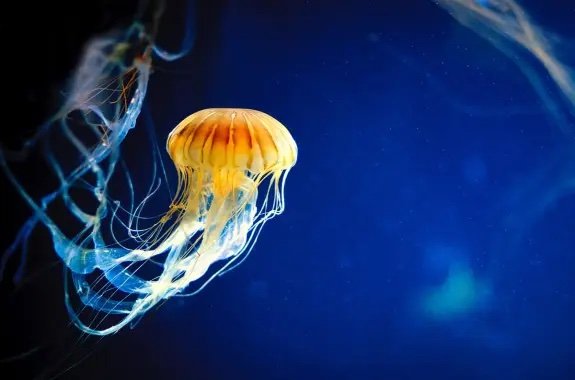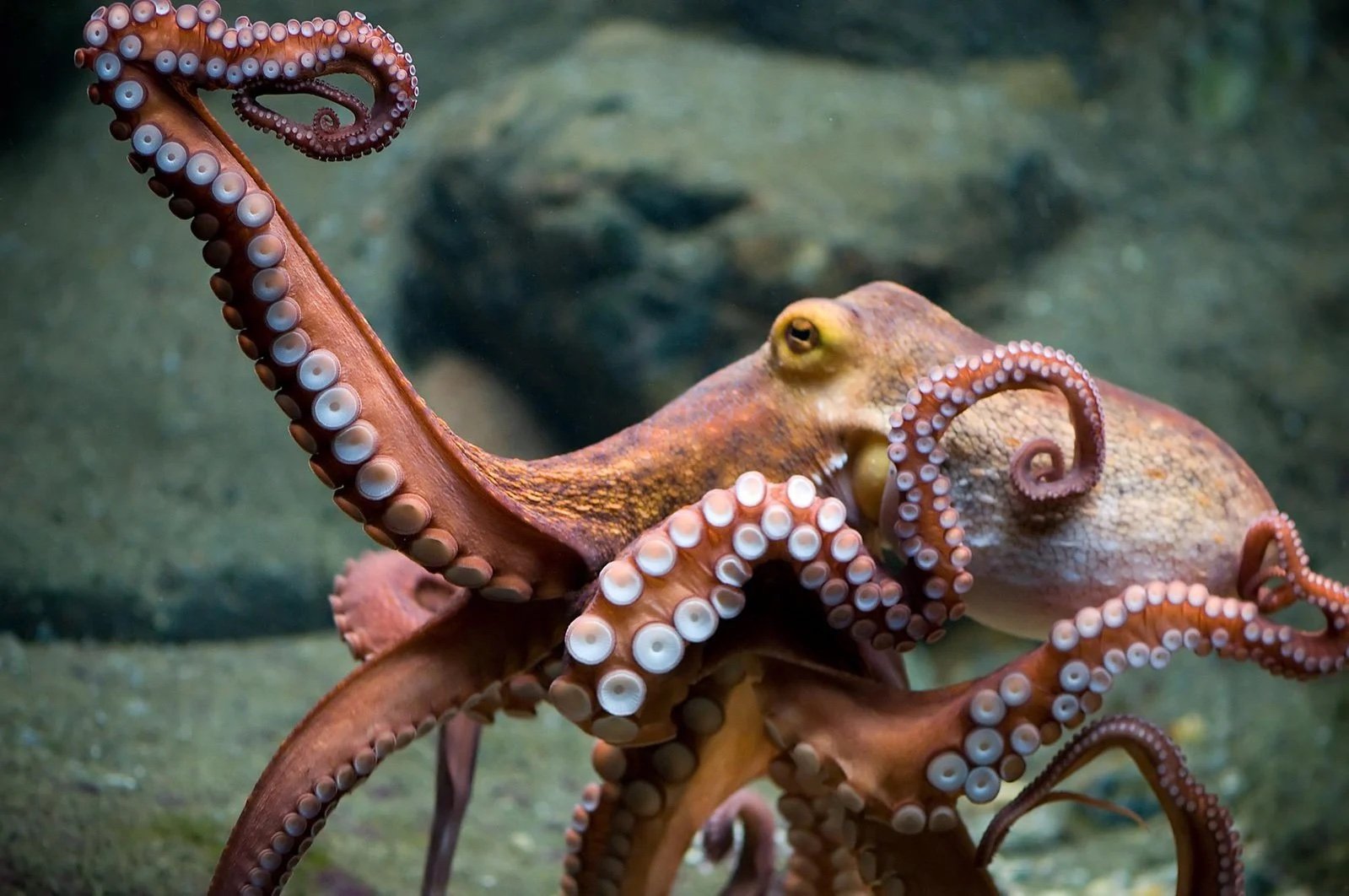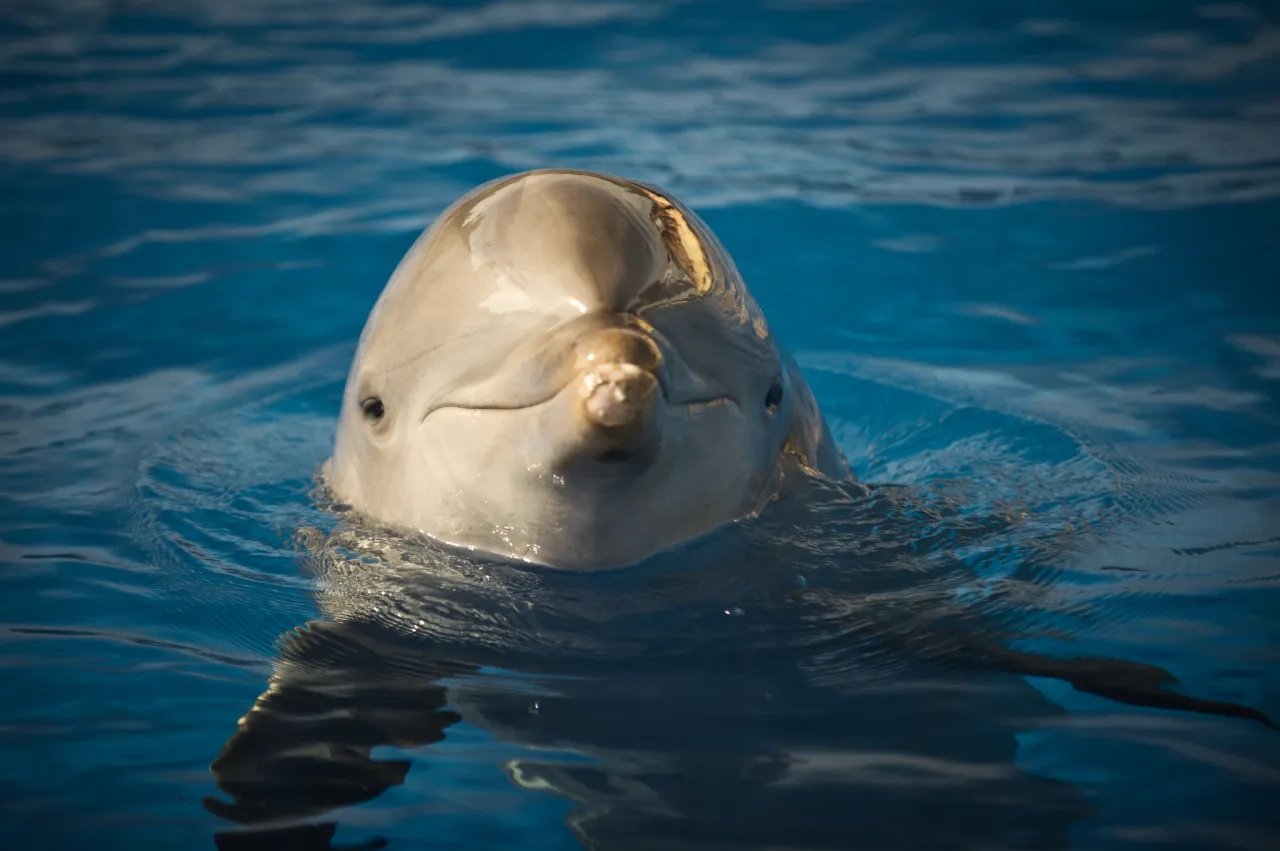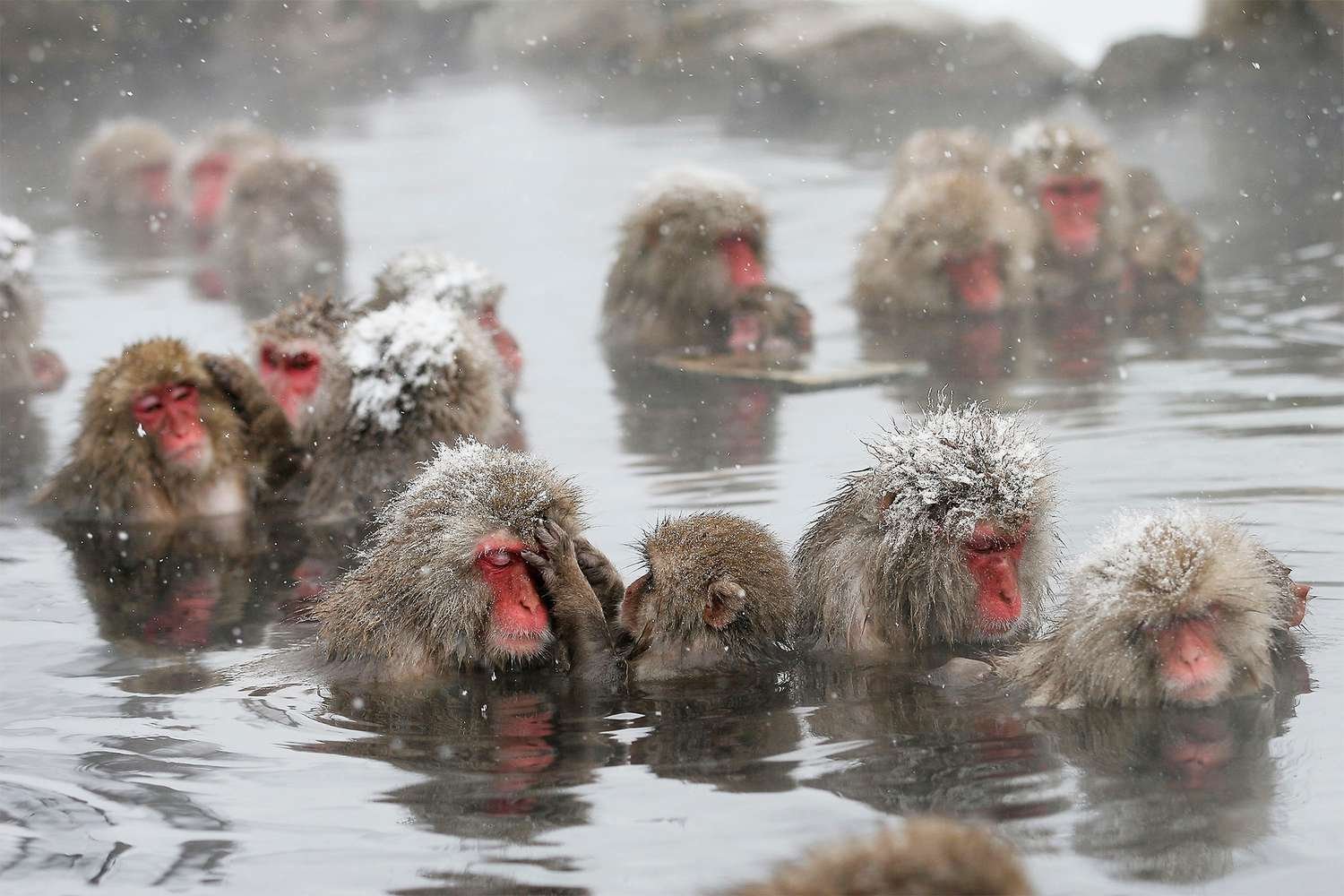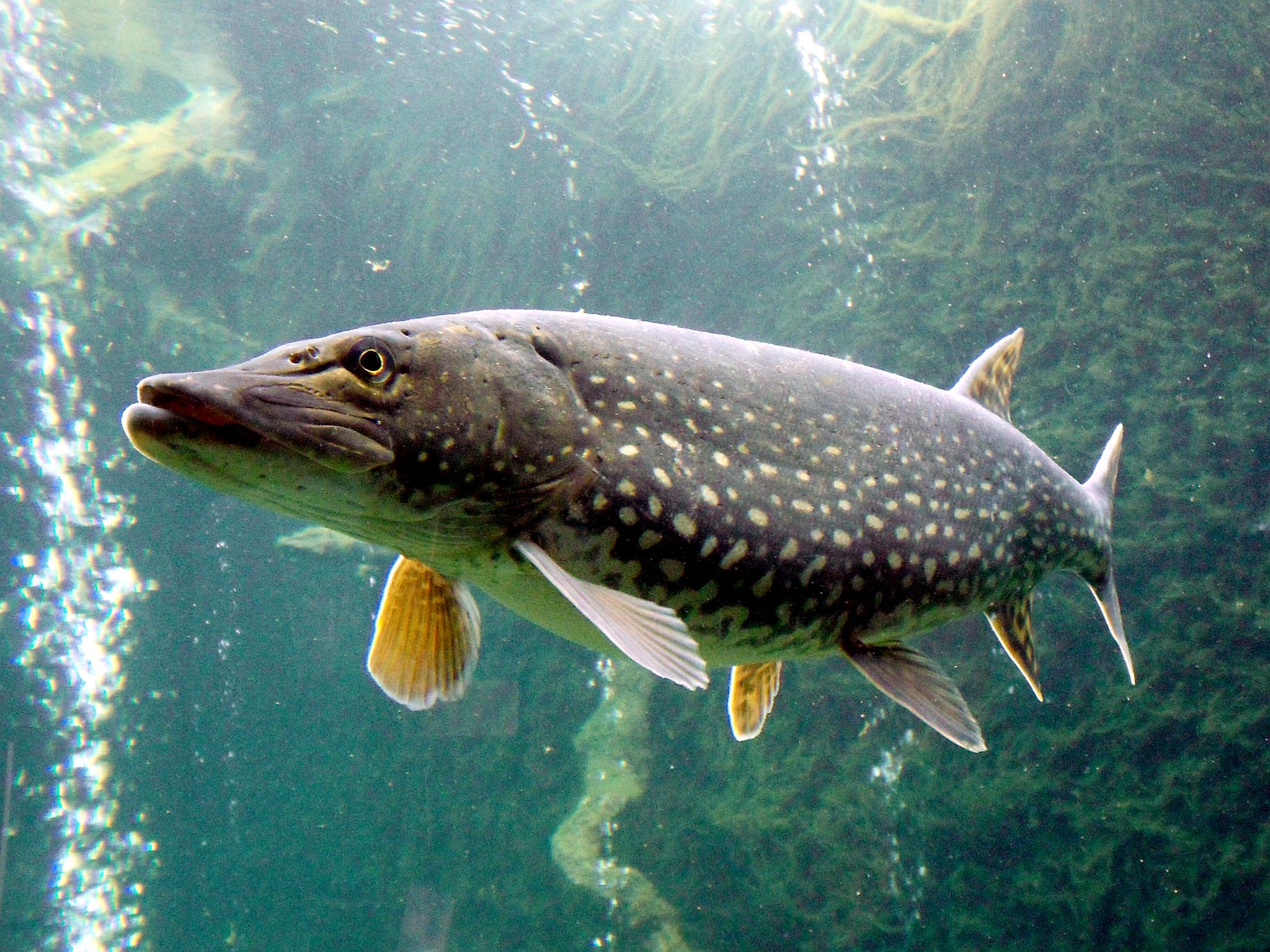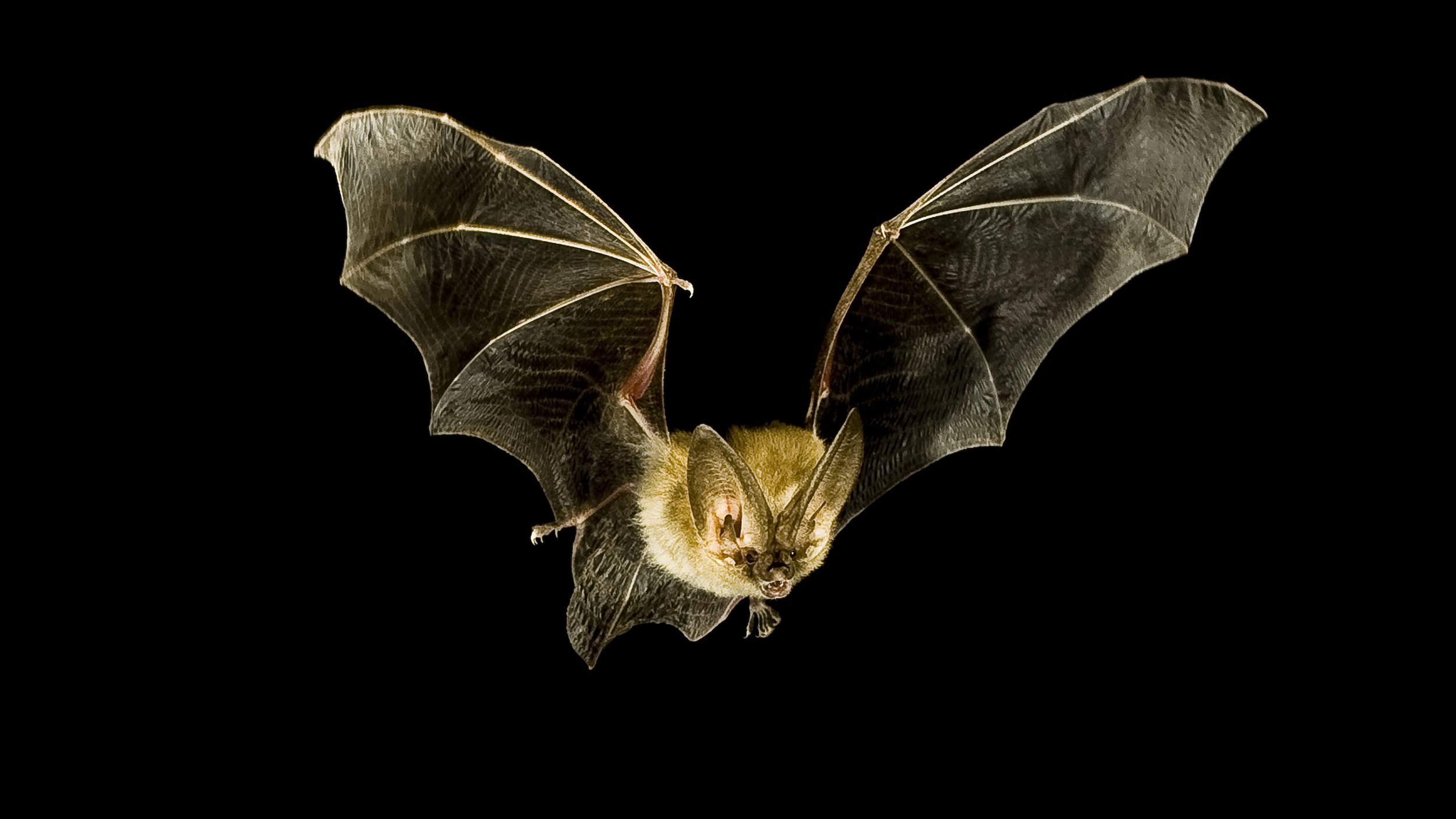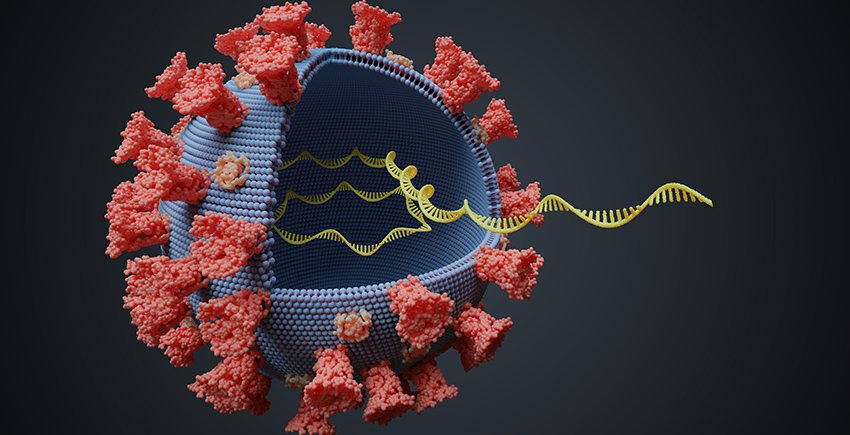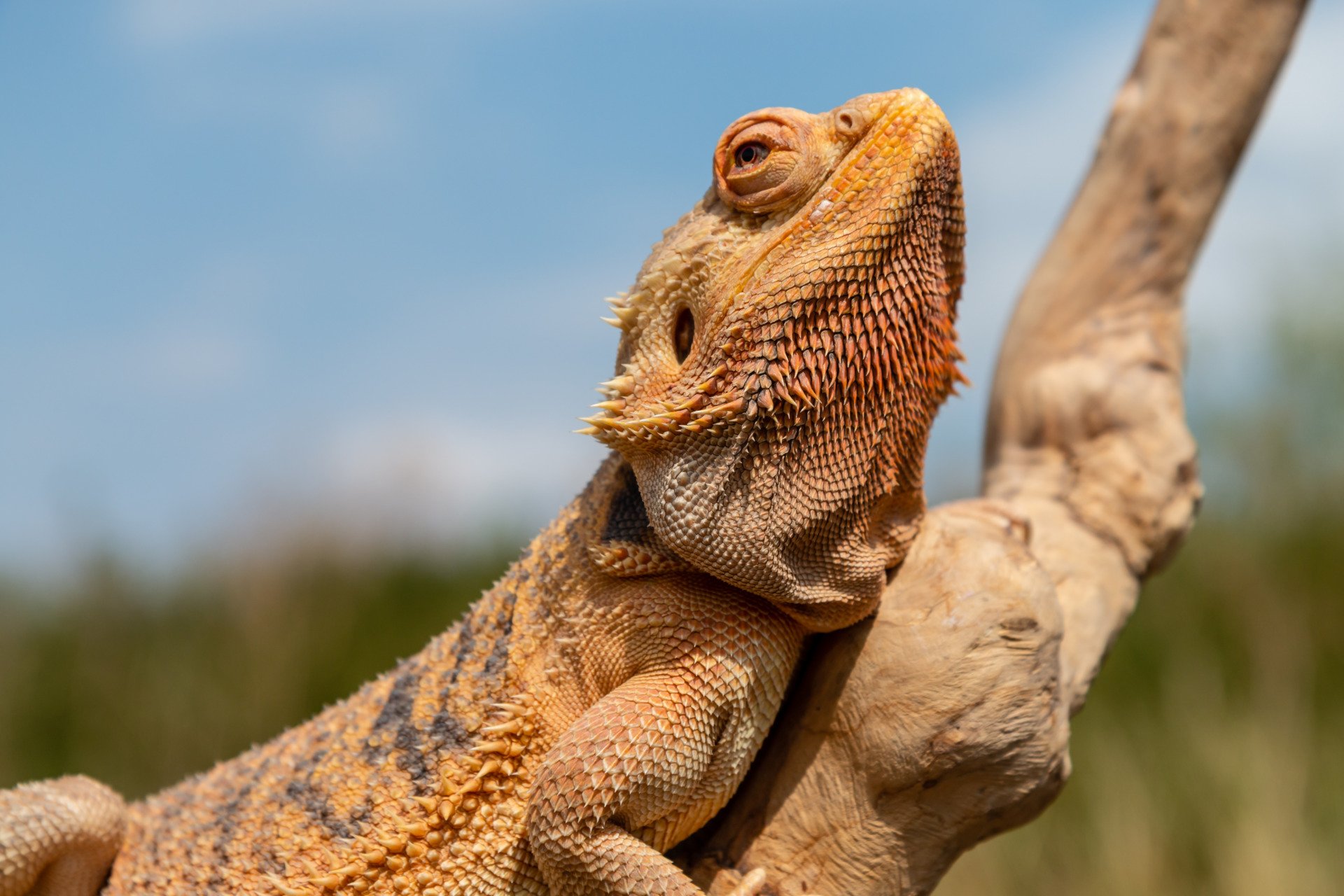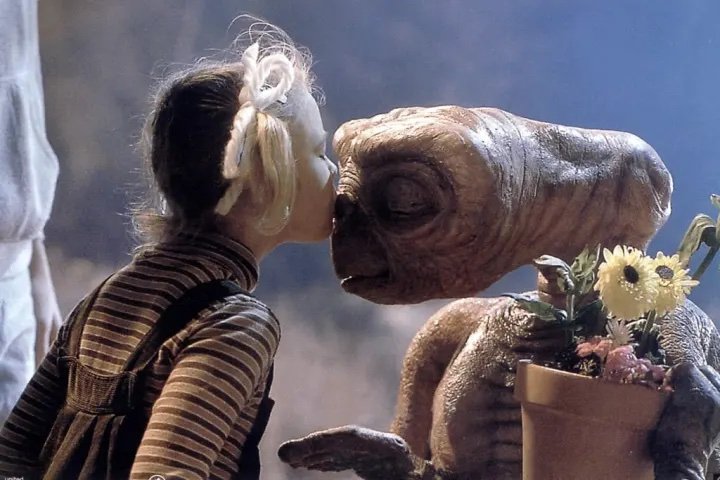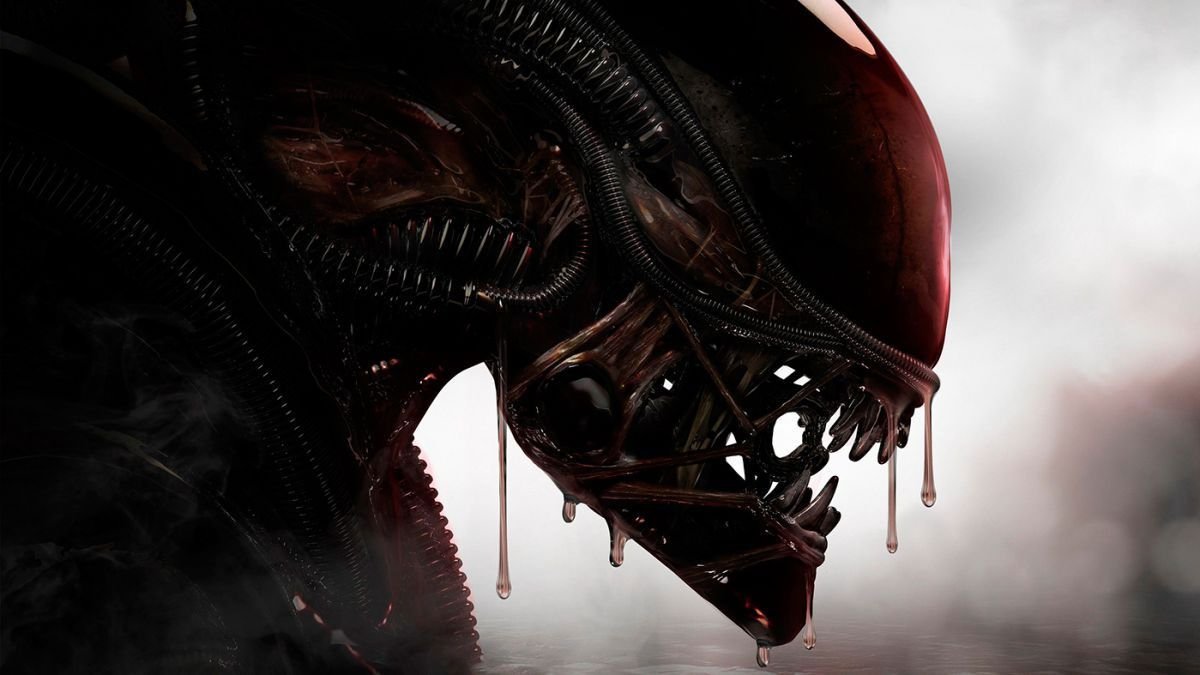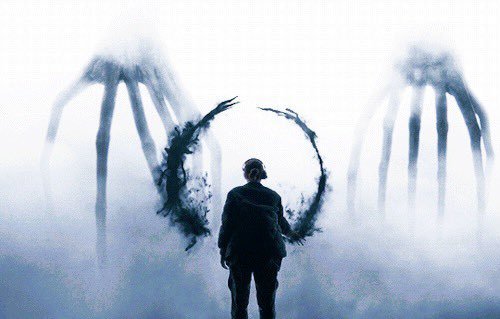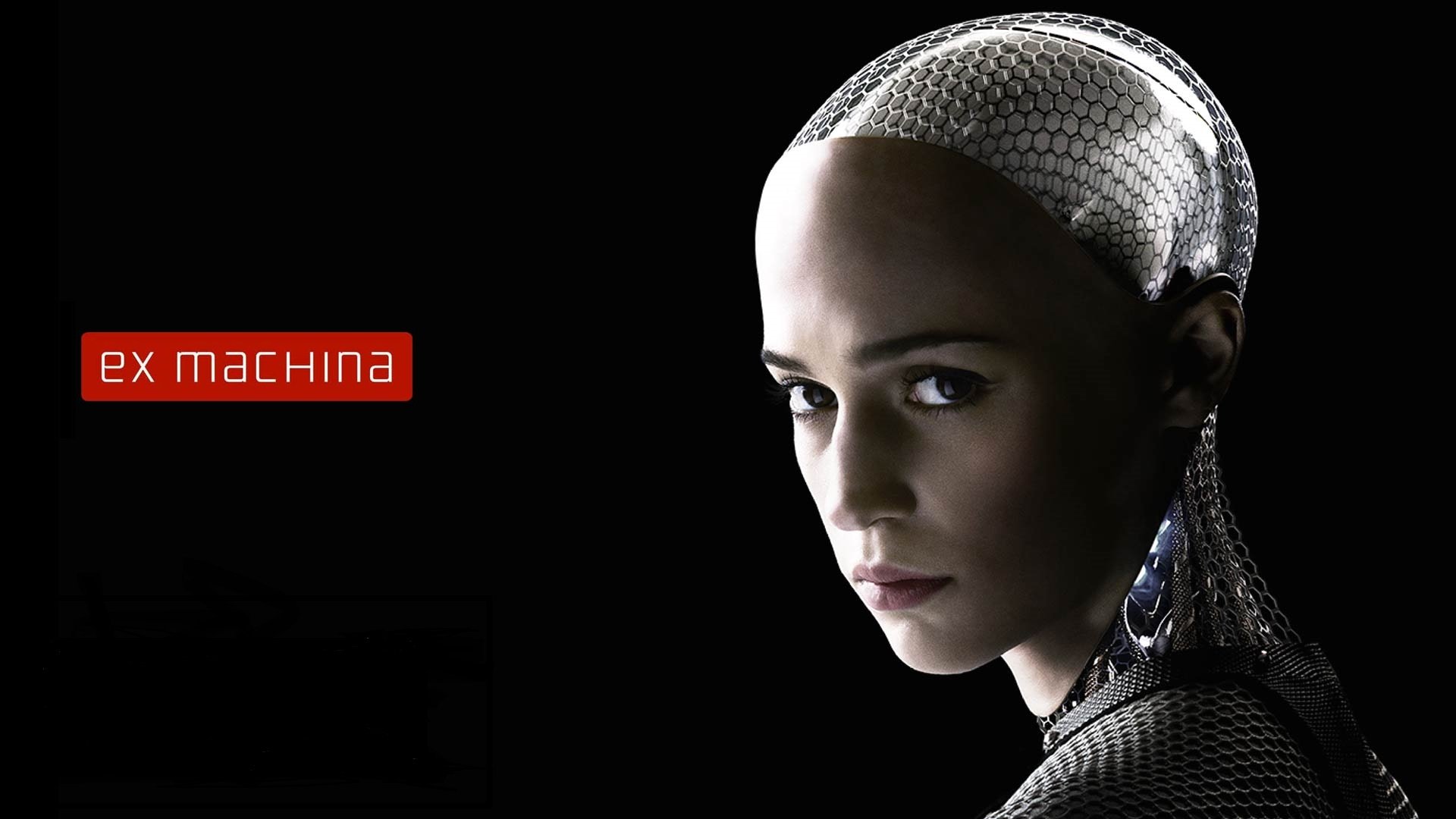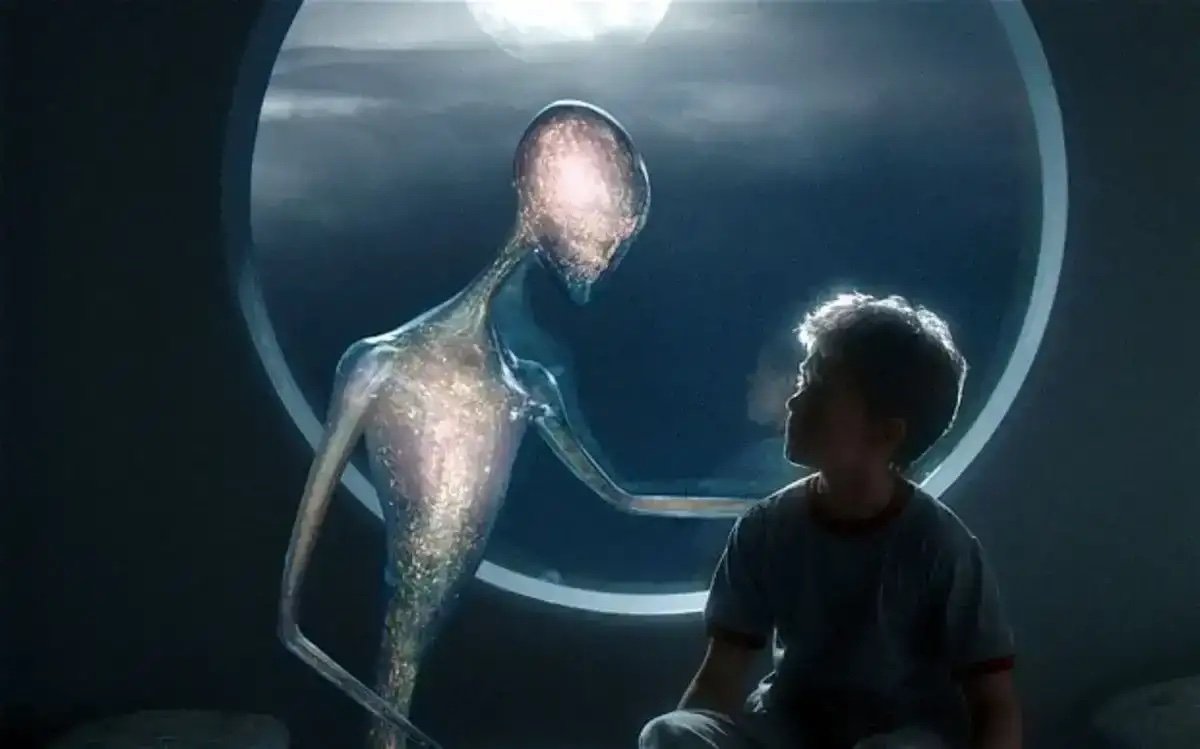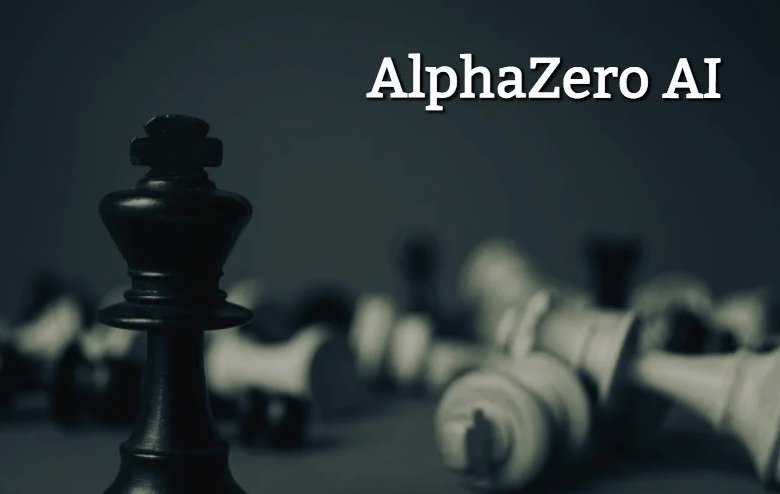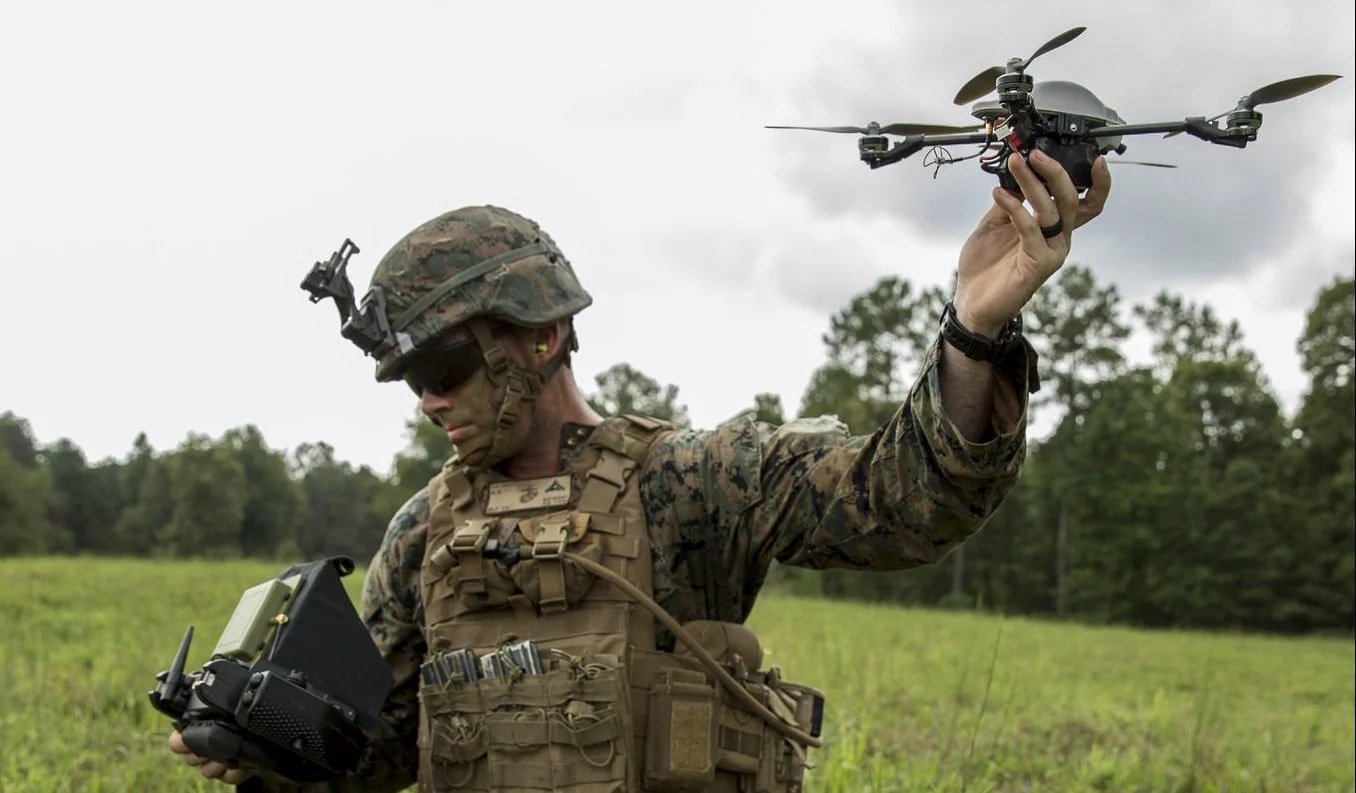KNOWLEDGE AND THE KNOWER—PERSPECTIVEs
SENTIENCE CONTINUUM
Annelid worm, Atlantic forest, northern littoral of Bahia, Brazil. Image credit: Alex Popovkin
The following class activity explores human—and non-human—sentience. In particular is there some minimum threshold of self-awareness and intelligence that is a prerequisite for knowing? How does sentience play into the idea of personhood and associated ethical implications?
Prepare in advance hard copies of the three image sets sufficient for groups of four students. Cut the Earthly Intelligence set into sets of 16 cards. Here are the images in Google Doc and PDF format.
CLASS ACTIVITY I:
EARTHLY INTELLIGENCE
Before randomly assigning your students to groups of four, ask them to contemplate in silence, for a timed 90 seconds, the seemingly obvious, common sense assumption that drives this hands-on activity:
Only living things have an inner life—animals have feelings, sensations and experiences; rivers, rocks and atoms do not.
Despite the discombobulation just unleashed, delay comments and full discussion for now. Students work in groups of four. Provide each group with a set of 16 “earthly intelligence” cards. Begin by challenging them to determine which creature is the “smartest and most self-aware” and which is the “dumbest and least self-aware.”
Now the fun starts. Place the least intelligent creature image on the far left, and the most intelligent on the far right. Arrange the remaining cards in order between these end cards to create a kind of intelligence/sentience continuum. Allow a timed six minutes. (Extend the time if debate becomes especially animated.) Remind students that consensus must be reached and it is likely that the status of some of the cards will be switched as they argue. Announce that each group should arrange the finished products on the tables where they are sitting.
Finally, everyone reverentially walks around the room observing and evaluating the displays as they would in an art museum.
Generative questions
What just happened?
How difficult was it to reach group consensus?
Considering the class display as a whole—how similar were the finished products?
These questions will jumpstart class discussion and keep it on track:
How did you approach the notion of intelligence in this context?
Is consciousness an all-or-nothing characteristic—where “the lights” are either on or off—or is it better to think in terms of varying degrees of sentience/self-awareness?
The sixteen images were carefully chosen to include organisms with traits that will resonate with individual students. Several of the creatures use tools, are highly social and/or appear to use rudimentary language. At the less sophisticated end of the spectrum, be sure to mention (and differentiate between) the computer generated model of the virus and the electron micrograph of the bacteria.
Student perspectives and anecdotes will emerge spontaneously during the class discussion. The following question will likely prove redundant
Were there any creatures that were of particular interest or were not easy to place in their relative position in the sentience continuum?
End the session by selecting one of the final sentience continua and taping it to the whiteboard. Challenge the class to think about the notion of personhood and the ethical aspects of all that entails, especially minimizing suffering.
Is it possible to draw a line on the continuum where all creatures to the right of the line are persons and all those to the left are not?
Smart ape interacting with a non-sentient rock.
Image credit: Halfpoint/Getty Images
CLASS ACTIVITY II: ALIEN INTELLIGENCE
Have students read the Stanley Kubrick quote in silence, then call on a student for a public reading. Kubrick’s 1968 encapsulation broadly aligns with current speculative thinking. Briefly visit the Discovery page at the NASA Exoplanet Exploration site to view the latest update of the number of confirmed exoplanets.
“There are approximately 100 billion stars in our galaxy alone, that each star is a life-giving sun and that there are approximately 100 billion galaxies in just the visible universe. Given a planet in a stable orbit, not too hot and not too cold, and given a few billion years of chance chemical reactions created by the interaction of a sun’s energy on the planet’s chemicals, it’s fairly certain that life in one form or another will eventually emerge. It’s reasonable to assume that there must be, in fact, countless billions of such planets where biological life has arisen, and the odds of some proportion of such life developing intelligence are high.”
Generative question FOR THE FOUR IMAGES
“Alien intelligence” is being evoked here by still images from three blockbuster Hollywood movies. Just for fun, can you identify them?
One of the fictitious aliens depicted here is cutely benign, another is horrifically malign. The third is wholly mysterious and enigmatic in its linguistic, intellectual, and technological superiority. Where would you place Homo sapiens in an intelligence continuum with these Hollywood aliens?
The large white question mark on the exoplanet image evokes the generative question—what else is possible? What do you think about the possibility of intelligent life forms being out there in the universe?
What we can we say about the physical appearance of hypothetical sentient extraterrestrials? Consider the following:
Would they necessarily be carbon-based?
Would they necessarily have compact, bilaterally or radially symmetrical bodies?
Could they exist as vast, network-like arrangements (analogous to the fungal hyphae that connect tree roots in forests)?
To what extent is scale—think in terms of planet-sized or microscopic life forms—a constraint on our speculative imaginings?
What factors come into play when considering whether or not we ever experience a SETI close encounter? What might be the positive or negative consequences?
Solaris is a classic science fiction novel written in 1961 by Stanisław Lem. Solaris is a distant planet—covered almost entirely with a shape-shifting, gel-like ocean—that is revealed to be an enigmatic living, sentient being! Decades long attempts to study Solaris and to communicate with it fail miserably.
Image credit: Solaris artwork by Alex Andreyev on Behance
CLASS ACTIVITY III: ARTIFICIAL INTELLIGENCE
Project the collage of six artificial intelligence images for whole class discussion. The first four images are taken from iconic science fiction movies. Echoing the alien intelligence activity, invite students to identify the movies and comment on the depicted consequences of machine sentience and personhood in robots. These movies often reveal more about the human condition and societal failings than artificial intelligence as such. For example, certain aspects of Ex Machina (2014) are somewhat misogynistic. There is thinly disguised “male gaze.” Expect some spontaneous feminist critique from students familiar with the movie.
Conclude by inviting students to comment on Alpha Zero and the “slaughter bot”—both current technological reality, not fiction!
GENERATIVE QUESTION
Where would you place HAL 9000, WALL·E, Alpha Zero, and the slaughter bot in the creature sentience continuum?
What about the latest ChatGBT?
USEFUL CONNECTIONS ELSEWHERE ON THE SITE
The horror of autonomous swarming “slaughter bots” appears in a cautionary video embedded in Artificial intelligence. The Knowledge and Technology core theme also includes Chess algorithm—Alpha zero. Promethean aspects of alien and artificial intelligence are highlighted in Existential threats.

